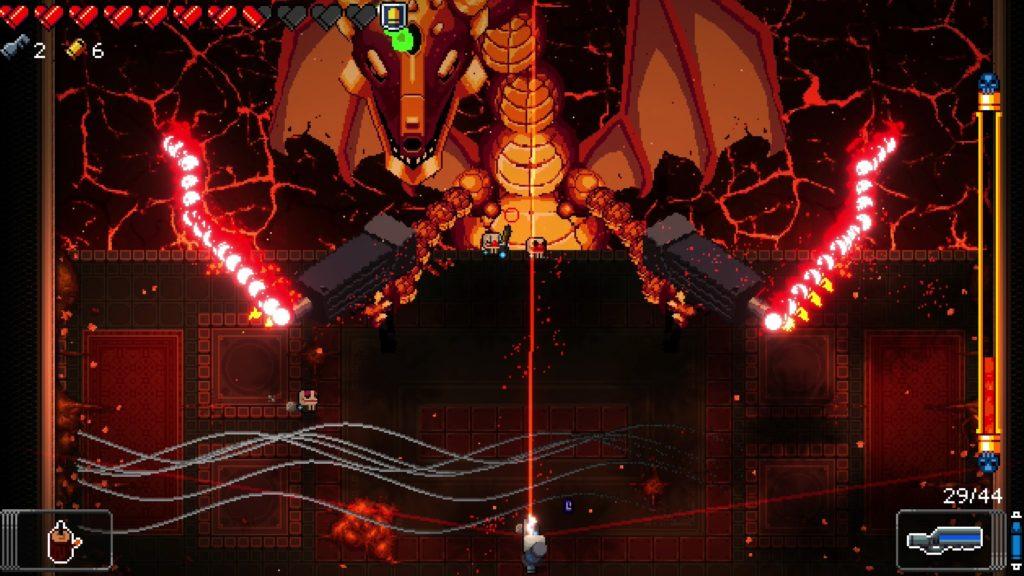Game Title: Myst
Target Audience: For audiences who enjoy logic-based puzzle games and exploration. Technically for all ages, but may be difficult for children under 13 to understand the puzzles.
Creator: Cyan
Platforms: PC, Mac, IOS, Nintendo Switch, PlayStation, Xbox, VR
Introduction
Myst is a first person puzzle adventure game that originally came out in 1993, and I played a modern version of it this week. In the game, you arrive on a strange island with no context, characters, or dialogue. Instead, the world invites you to explore and solve puzzles to find out what happened on the island. There’s no guide or clear objective in the beginning. Right away, Myst reminded me of Gone Home because both games rely on exploration and environmental clues to tell a story. However, Myst feels much more detailed and has more intricate clues. The puzzles are layered and the environment feels integrated in a much more involved way. I found myself more engaged and even when I got stuck with figuring out the clues, this challenge added more to the experience.
The mechanics of Myst, which embed interconnected puzzles directly into the environment, shape the player’s experience by making exploration and logic essential to uncovering the game’s meaning.
Puzzle Mechanics and Player Experience
The main mechanic in Myst is solving puzzles, but they’re not delivered in a normal way. There are no instructions, and instead you encounter symbols, machines, books, and sounds that seem disconnected at first. You have to experiment and figure out how they work together, and often the solution to one puzzle is hidden somewhere else, forcing you to pay attention and take notes on paper. This makes the game feel like one large, interconnected puzzle. Unlike some puzzle games that hand you problems to solve in a sequence, Myst lets you uncover them through curiosity. I didn’t play the entire game, but one example was when it took me a long time to figure out that there were some books in the library that I needed to read, which I didn’t expect. It was satisfying to slowly figure out how things on the island were connected or to find a secret passage that suddenly opened up a whole new area.
The mechanics give you a real sense of freedom, like you’re discovering something on your own. At times, I did feel stuck and a bit unsure of what to do next, but I didn’t find it frustrating. If anything, that tension was helpful and it made my progress feel earned. Every puzzle felt like it had purpose, and I appreciate how much thought went into each one.
Design and Aesthetics
Since there’s no character dialogue, background music, or obvious direction, the puzzles and your ability to solve them shape the overall tone of the game. The world is a bit strange and mysterious, and the act of solving becomes how you engage emotionally with the space. You walk slowly, observe everything, and when you solve something, it doesn’t just unlock the next level. It deepens your understanding of the island.
The aesthetic is defined by this tension between mystery and clarity. Visually, the game still holds up due to its stylized design and the environments are full of little things that hint at larger meanings. I found the secret passages especially exciting, and it felt like there was always something more to discover.
Comparisons
Compared to Gone Home, Myst seems more logic-driven and complex to me. Both games ask you to explore and make sense of your surroundings, but Myst layers that exploration with puzzles that require deeper focus. In Gone Home, you read notes and slowly build a narrative, and the clues aren’t quite as in depth. In Myst, you’re unlocking the story through symbols, riddles, and machines.
If I had to suggest one improvement in the game, I would say it could add some sort of hinting system or a tracking system that helps you keep track of what you’ve found. I can imagine playing the game and if I stepped away for some time, I wouldn’t really remember what I found. I could also see younger audiences needing some help completing all the clues, so some sort of optional hints might be helpful as well.
Conclusion
Myst is a puzzle game that uses its mechanics to fully shape how you experience the world. The puzzles are obstacles and represent the way the story unfolds. By making the player responsible for discovering everything through exploration and logic, the game creates a uniquely rewarding experience. I appreciated the complexity of the puzzles and the satisfaction of figuring out the clues on my own. For the players who enjoy taking their time and thinking things through, Myst is a great game for them.
Ethics
I would say that Myst assumes players have a certain level of familiarity with logic and basic cause and effect problem solving. Many puzzles require understanding patterns or interpreting symbols, but I don’t think they require much cultural or language specific knowledge. That makes the game fairly inclusive in terms of educational or cultural backgrounds, though it still favors players who are very good at thinking abstractly. I will say though that the game doesn’t offer many accessibility features, especially for blind or visually impaired individuals. The game relies heavily on sight due to recognizing symbols and patterns, and also at times can rely a little bit on hearing for the sounds the machines make. The game could do a better job helping these groups adapt to the game through more features.



